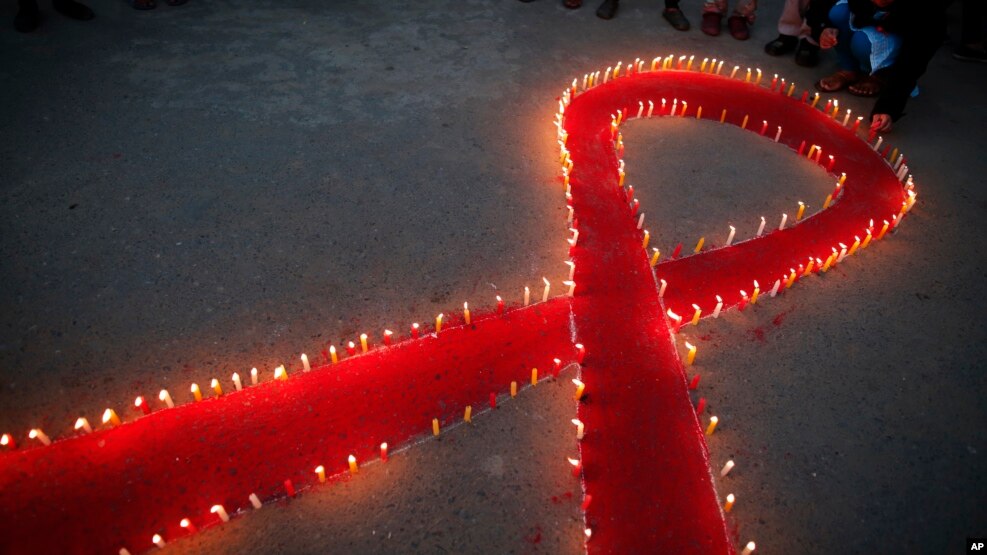
December 1st is officially the World’s AIDS Day. In order to show solidarity and support, we must first discuss the facts. What is AIDS? Is it equivalent to HIV? Where did HIV come from? How is it transmittable? There are a lot of questions and misconceptions regarding both HIV and AIDS. Most of them come from outdated stereotypes that still float around today. So, let’s start breaking these stigmas down by first discussing the facts.
What is AIDS? Is it the same as HIV?
Short answer? No, they aren’t synonyms.
Detailed explanation? HIV (Human Immunodeficiency Virus) is “a virus which attacks the immune system—the body’s defence against diseases.” On the other hand, AIDS (Acquired Immune Deficiency Syndrome) “is the most advanced stage of an HIV infection, when the immune system can no longer fight infections.” In other words, HIV is a virus that seeps into your system and attacks your immune system through the cells it gets into. If not treated, it can evolve into what is known as AIDS. This is due to the virus attacking your immune system in such large quantities that it weakens it, leaving you defenseless.
Is HIV treatable? How about AIDS?
Yes! HIV patients are usually treated with antiretroviral treatment (ART) : a combination of medicines that help control the virus. However, ARTs are not a cure for HIV nor has one been found. Instead, antiretroviral treatments work by locating the virus and blocking one of its reproduction steps. In effect, the virus cannot make more copies of itself. In short, ARTs are not a cure, they help neutralize the virus rather than eradicate it, but this still allows for your immune system to remain unharmed and strong enough to fight other viruses and harmful microorganisms.
By preventing HIV from attacking and weakening your immune system, you also prevent AIDS.
How can one be infected with HIV?
It’s very common to hear about someone to get infected with HIV by having sex. However, although this is one way of getting infected, it is not the only one. The CDC HIV/AIDS Transmission page states that “Only certain body fluids—blood, semen (cum), pre-seminal fluid (pre-cum), rectal fluids, vaginal fluids, and breast milk—from a person who has HIV can transmit HIV”.
However, HIV has a very short survival period once it’s outside of the human body. Therefor, you cannot get infected from a toilet seat, from sharing food, or drinks. This is also due to HIV not being transmittable through tears, saliva, or sweat.
Are there any preventive steps methods I can take?
Yes! There are multiple ways you can prevent or lower your risk of getting infected. These include:
- Practicing safe sex.
- Using a condom correctly.
- Taking PreP*
*PreP is a new preventive method that allows HIV negative people to lower their chances of an HIV infection by taking a pill daily.
How can I help?
HIV and AIDS are very stigmatized and misconstrued in today’s society. In order to show support and help the cause, you can follow these steps.
- Educate yourself and those around you: By simply reading more about the scientific information and facts, you can help break down common errors and harmful generalizations that are still used and believed in today.
- Empathize: Show support for the cause and understand the historical background of HIV as well as the millions who died because prejudice outweighed the fact that they needed treatment.
- Donate!: There is no cure for HIV yet, but that doesn’t mean there isn’t anything you can do. There are millions of ways that you can help. Regardless of if it is by donating money for research or for covering medical expenses for those in countries with less medical access to treatments, you can help out.
HIV/AIDS are no longer deadly if the patients have access to medical treatments. HIV positive people can lead normal, healthy, long, and happy lives while taking the necessary medicines. It’s time we stop for a minute, check the facts, start breaking down the stigmas, and work together to find a cure.


